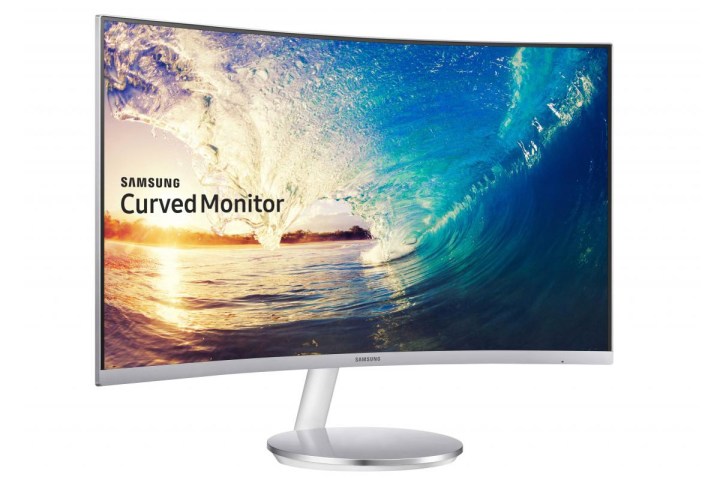
The first curved LED monitor was introduced in September 2014. It was the 27-inch, 4000R (since it had a 4,000mm curvature radius) SD590C, which we quite liked — although it did have a few obvious flaws. None of them were with the display though, and Samsung has built on its strengths over the past few years, helping to sell so many similar models.
With extra-wide viewing angles and enhanced contrast ratios, Samsung’s displays have been sufficiently eye-catching to grab the attention of consumers — something that has been increasingly hard to do in recent years.
Related: Samsung S34E790C curved monitor review
Following the boom of the HD TV market, where consumers saw a tangible difference in upgrading from SD quality and cathode ray tube (CRT) televisions, technological improvements for displays in recent years haven’t been quite so noticeable.
4K is nice, but is not a dramatic improvement from SD-HD and the content still isn’t really there. Size is mostly limited now by people’s physical spaces rather than their wallets, and except for niche applications, 3D has remained a bust overall. As a result, curved displays represent an attempt to create an upgrade path for consumers looking for something new.
While it isn’t something that is likely to benefit everyone, gamers have found some enjoyment from the curved displays, especially larger ones, which can aid in immersion. While it doesn’t seem destined to be a technology that is remembered as revolutionary, it’s proved a nice evolution for enough people to leave Samsung pleased with the results.
Are you reading this on a curved display?
Editors' Recommendations
- Samsung’s Odyssey Neo G9 launches in October — if you can stomach its insane price
- Samsung wants you to reserve the Odyssey OLED G9 — without knowing the price
- Samsung may not be killing off the Galaxy Note after all
- Galaxy S22 release date rumored for January; Samsung misses 2021 sales targets
- Samsung’s new QLED Odyssey gaming monitor claims to be first to reach 2,000 nits




